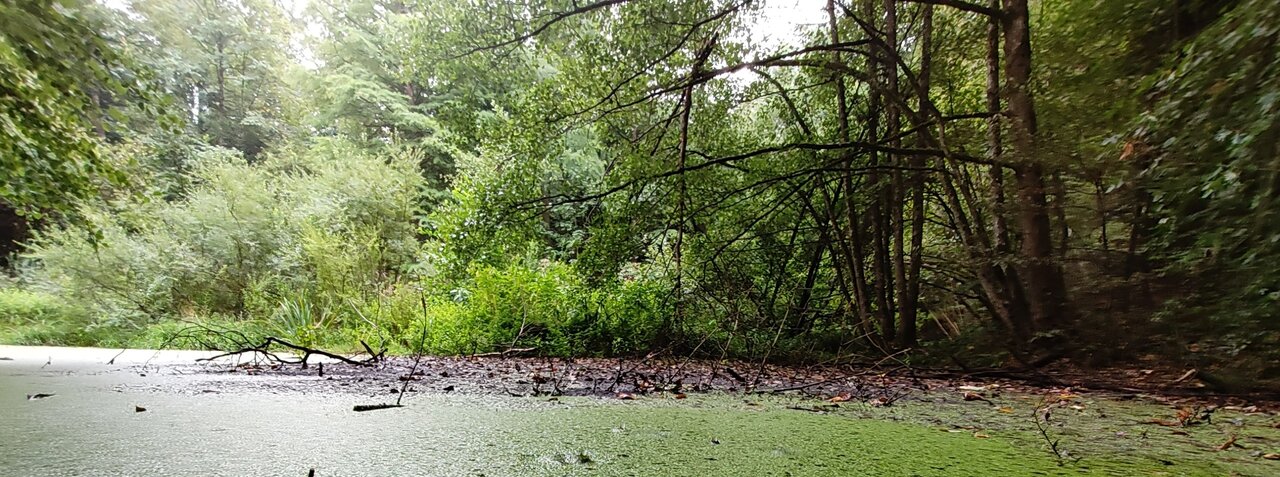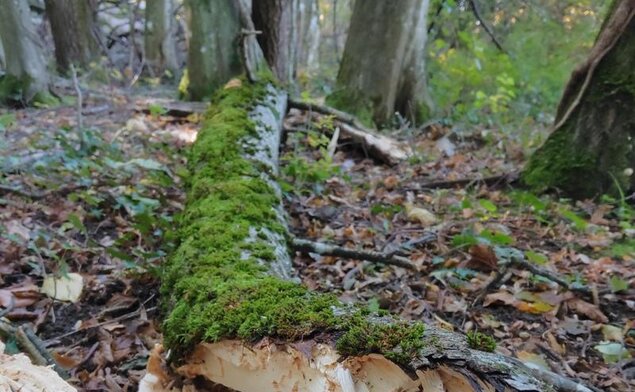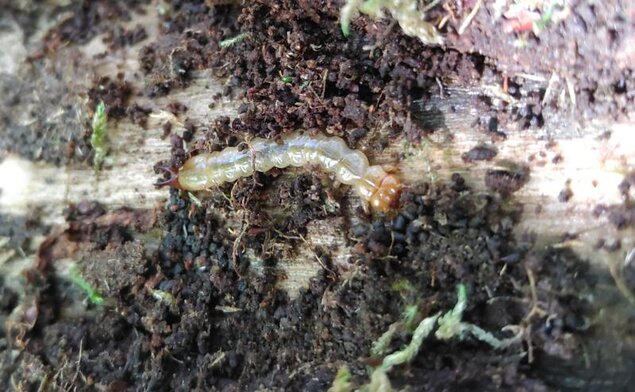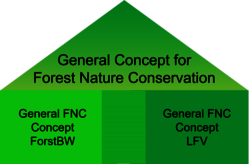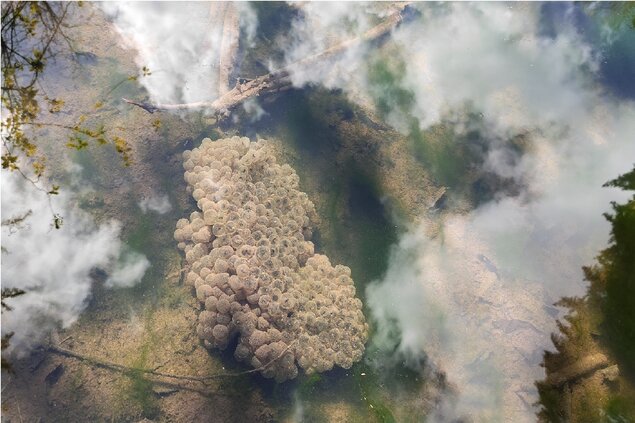Updating the General Concept for Forest Nature Conservation
Initial Situation
In 2014, the general concept for forest nature conservation (GK WNS) came into force in Baden-Württemberg. It is the technical concept for the forest, which substantiates the federal nature conservation strategy.
The aim of the GK WNS is to link a large number of different nature conservation and legal framework conditions. This should contribute to the resolution of conflicting goals and facilitate the practical implementation of species and biotope protection.
The previously valid GK WNS contains ten goals that should be achieved by the year 2020 (see "Die Gesamtkonzeption Waldnaturschutz ForstBW – mit den Waldnaturschutzzielen 2020"). These goals were aimed at the state forest and required to be implemented in it. For private and corporate forests, the GK WNS is only of a recommendatory nature.
The degree of implementation and target achievement of the ten targets in the state forest was evaluated by ForstBW and FVA. You can read more here. The evaluation offers clues as to what worked and where we need to further develop the concept.
Aim of the effort to update the General Concept for Forest Nature Conservation
The goals that have not yet been fully achieved are to be implemented further. To this end, the existing obstacles to implementation must be analysed and removed as far as possible.
A criticism of the existing GK WNS is that the underlying technical concepts, contrary to its objective, often exist separately from each other and are hardly intertwined or weighed against each other. The technical concepts are and were pursued with the goals and other existing forest nature conservation instruments (e.g. ‘Alt- und Totholzkonzept’ and Natura 2000 in the forest).
Topics that run through most of the goals and need more attention in the future include
- communication (information and dialogue),
- practical relevance / legal certainty in practice,
- dealing with disruptions,
- Forest and water and
- habitat connectivity.
A central factor that must underlie all considerations of biotope and species protection is climate change. It causes dynamic changes in the local characteristics, which can be expressed, for example, in shifts in potential biotope and species occurrences. The models and measures of the new GK WNS must also be able to deal with changing environmental factors in a correspondingly dynamic manner.
In addition to climate change, the ownership of forest areas must also be more in focus in the future: In Baden-Württemberg, around a quarter of the forest areas are state-owned. The occurrence of the protected goods is not primarily influenced by the types of forest ownership. Comprehensive biodiversity protection should therefore also involve private and corporate forest owners. Their voluntary cooperation must be won through appropriate instruments for information and financial support as well as communication and cooperation on an equal footing with all relevant stakeholder groups. Appropriate instruments are to be prepared as part of further development.
At the beginning of 2020, the administrative tasks for the forest in Baden-Württemberg were split up between ForstBW (state forest) and the state forest administration (private and corporate forest). This division of tasks will also be reflected in the structure of the future GK WNS (see Fig. 4).
A comprehensive Forest Nature Conservation Concept should represent the target states to be aimed for across all types of forest ownership. Framed by this common strategic-political umbrella, property-type-specific sub-concepts are to be developed: The state forest administration is concentrating on making the topic attractive for forest owners through information, understandable formulations and processes, as well as facilitation. For the state forest - and thus ForstBW - the implementation obligation remains. Here you can concentrate on the most comprehensive, technically coherent and efficient implementation of the measures. In all cases, the necessary resources for successful implementation must be made available.
As a result of the further development process, an Forest Nature Conservation Concept at landscape level is aimed for, which sees the forest in Baden-Württemberg as a whole and includes forest-related landscape elements in the planning.
However, regional aspects are also taken into account: a bird's-eye view should result in a big picture, instead of a patchwork quilt of incoherent measures. By prioritizing the measures in terms of space and time, the diverse forest nature conservation goals in the forest should be able to be implemented in the best possible way. Conflicts of interest between forest nature conservation goals and ecosystem services are to be resolved as comprehensively as possible. This is intended to ensure the “greatest possible overall benefit” of all ecosystem services. The targets must be regionally specific enough for those responsible locally to be able to derive concrete measures and criteria for monitoring effectiveness are also in place. The GK WNS must take into account the different tasks of the State Forest Administration (Landesforstverwaltung - LFV) and ForstBW.
Status Quo of the Project
In various workshops and specialist working groups, the perspectives of a wide variety of actors involved in the forest were obtained. A combination of these perspectives, technical expertise from administration and research as well as practical knowledge from the last decade of forest conservation in Baden-Württemberg was brought together to develop the general part of the further developed forest conservation concept for the state of Baden-Württemberg (see Fig. 4). This part is currently being completed.
New working groups are currently working on how the goals can be implemented in a practical manner. For this purpose, the technical basics are aligned with actual feasibility and cross-sectional topics such as communication, advice, documentation and financial support are developed and adapted. The working groups put together concrete measures and how the goal achievement of the concept can be checked.
The new forest nature conservation concept is scheduled to come into force in 2024.
Further information
- To the website of the MLR "Waldnaturschutzkonzeption des Landes Baden-Württemberg"
- To the article Waldzielartenkonzept und Waldnaturschutz-Informationssystem: Instrumenten zur Artenförderung im Staatswald von Baden-Württemberg
- ForstBW - Die Gesamtkonzeption Waldnaturschutz
- To the brochure ForstBW PRAXIS "Die Gesamtkonzeption Waldnaturschutz ForstBW" (PDF 3,7 MB)
- To the article Temperate Mountain Forest Biodiversity under Climate Change: Compensating Negative Effects by Increasing Structural Complexity
